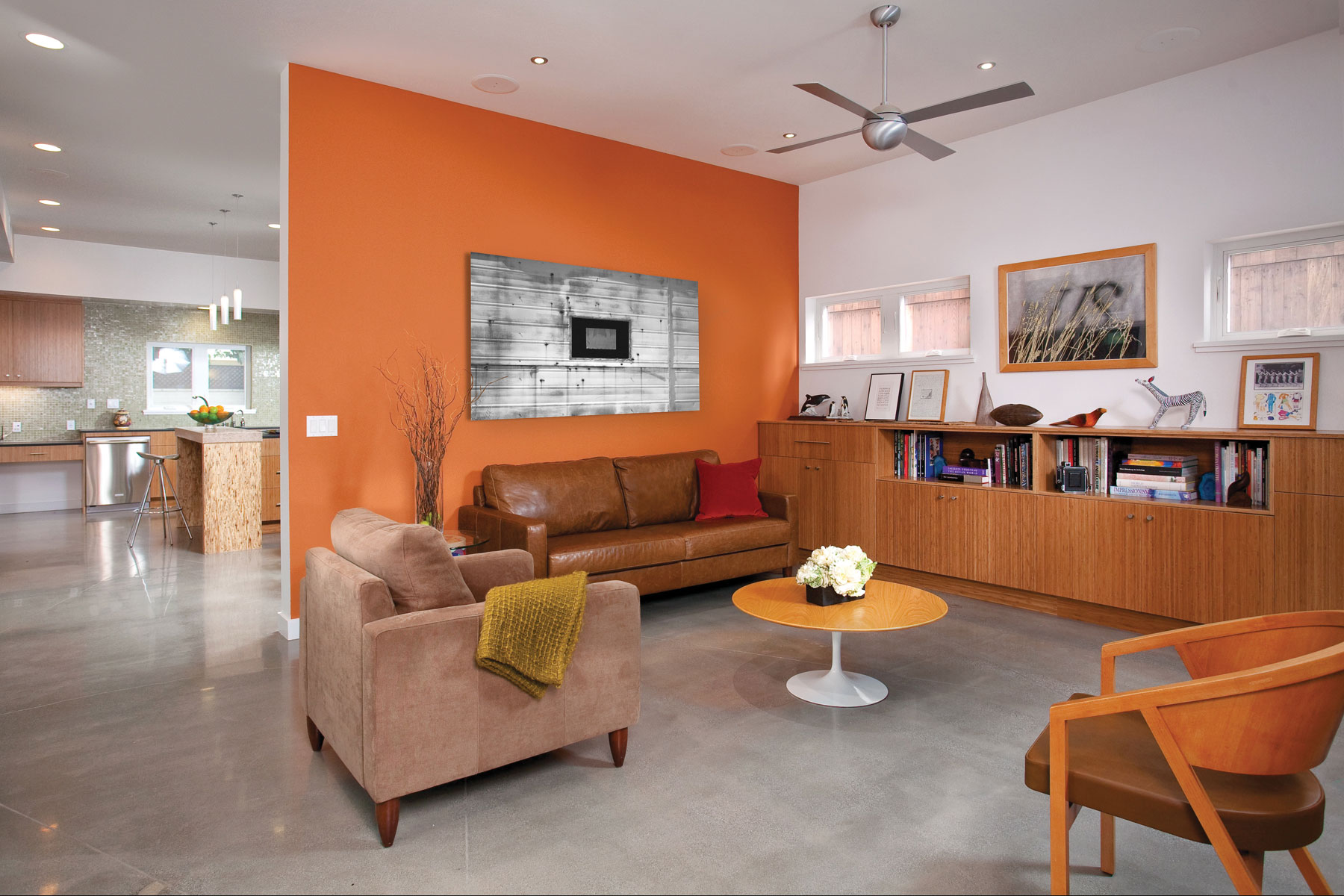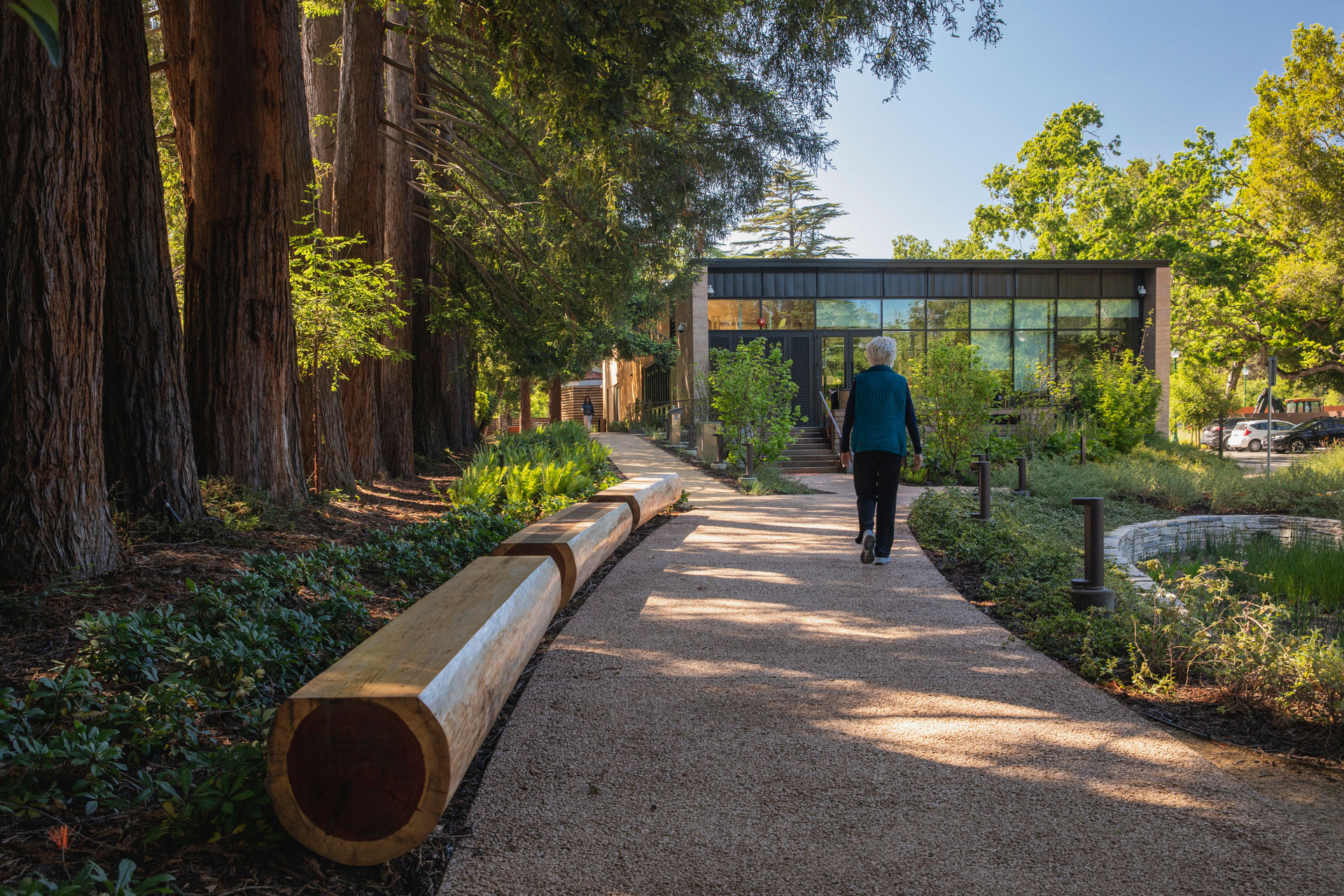Story at a glance:
- Paints low in VOCs can brighten a space without sacrificing air quality.
- Biophilic design uses plants to improve IAQ and reduce stress, promoting the health of both the environment and people.
- Daylighting has been proven to increase cognitive performance.
A year after the start of the COVID-19 pandemic, we’ve spent an unimaginable amount of time indoors. This makes it all the more important to consider healthy building materials that can improve our well-being.
More and more architects are considering indoor air quality, daylighting, biophilic design, and more from the initial stages of design, whether that’s adding plants to a project or rethinking their insulation. Without taking into account design details like these, harmful materials can lead to long-term health issues. For instance, according to the EPA, poor indoor air quality has been linked to health issues like respiratory diseases, heart disease, and cancer.
Here are 10 healthy building materials to consider for your next project.
1. Nontoxic Paint

Clare Paint not only offers nontoxic, zero-VOC paint, but it also delivers it straight to your door. Photo courtesy of Clare Paints
Paint is an easy way to bring life into interior spaces. But, unfortunately, there’s a lot of paint out there that can also emit long-lasting toxins. Choose paints that are bright but also low in VOCs—the harmful carbon-containing chemicals that vaporize at room temperature and harm air quality. Over time these chemicals are released into the air through a process called off-gassing.
Non toxic paint—labeled with Low VOC, VOC-Free, or No-VOC—can never be guaranteed to be 100% nontoxic. However, water-based paints are almost always going to be a safer option over oil-based paints with high VOCs.
Try picking out a Low-VOC or latex or water-based paint to freshen up a space without sacrificing air quality.
2. Plants

This living wall adds beauty and wellness to offices, universities, restaurants, and more all across North America. Photo courtesy of Steelcase
German social psychologist Erich Fromm coined the term biophilia in 1964 to describe the human attraction to all things alive and vital—caused by early human’s dependence upon finding crucial elements like water and shelter.
Studies show biophilic design can reduce stress and promote the health of both the environment and people. Not only do plants improve IAQ, but they also can have positive physiological effects, including reduced stress and increased productivity.
Biophilic design runs the gamut from installing a large living green wall to adding a bamboo palm or a few potted plants.
3. Insulation

Densely packed insulation helps to address unwanted air flow, which can help regulate temperature and improve IAQ. Photo courtesy of Greenfiber
Wall insulation can lead to improved health by normalizing temperatures inside and building and by reducing distracting noises.
Wall insulation can help regulate temperature within a building by addressing unwanted air flow. By equalizing temperature, your body won’t have to adjust when going from one room to the next. This allows your body to more easily relax.
Various health issues can arise from noise pollution—and wall insulation can help with that, Jason Todd of Greenfiber told gb&d. Increased stress and lack of sleep are effects of noise pollution, which can lead to long-term problems. A study published in The American Journal of Industrial Medicine in 2018 concluded that as many as 14% of cases of hypertension and 9% of cases of high cholesterol were potentially a result of noise exposure.
Wall insulation can help maintain a comfortable temperature and a noise-free environment.
4. Indoor Air Quality Monitor
Whether in an office, school, or home, indoor air quality plays a crucial role in the health of a building’s occupants. That’s why it’s important to be up-to-date on monitoring IAQ.
TSI Incorporated launched a new IAQ monitor that combines gas and particle measurements with traditional IAQ parameters. The Q-Trak XP Indoor Air Quality Monitor expands IAQ assessment capabilities by allowing users to add or change gas sensors.
The monitor simultaneously measures particle mass concentration, particle counts, temperature, and relative humidity.
An IAQ monitor could be the right choice for IAQ surveys and investigations and proactive monitoring, especially in schools and office buildings. It can also be used for evaluating thermal comfort by reporting on temperature and relative humidity.
5. Acoustic Panels
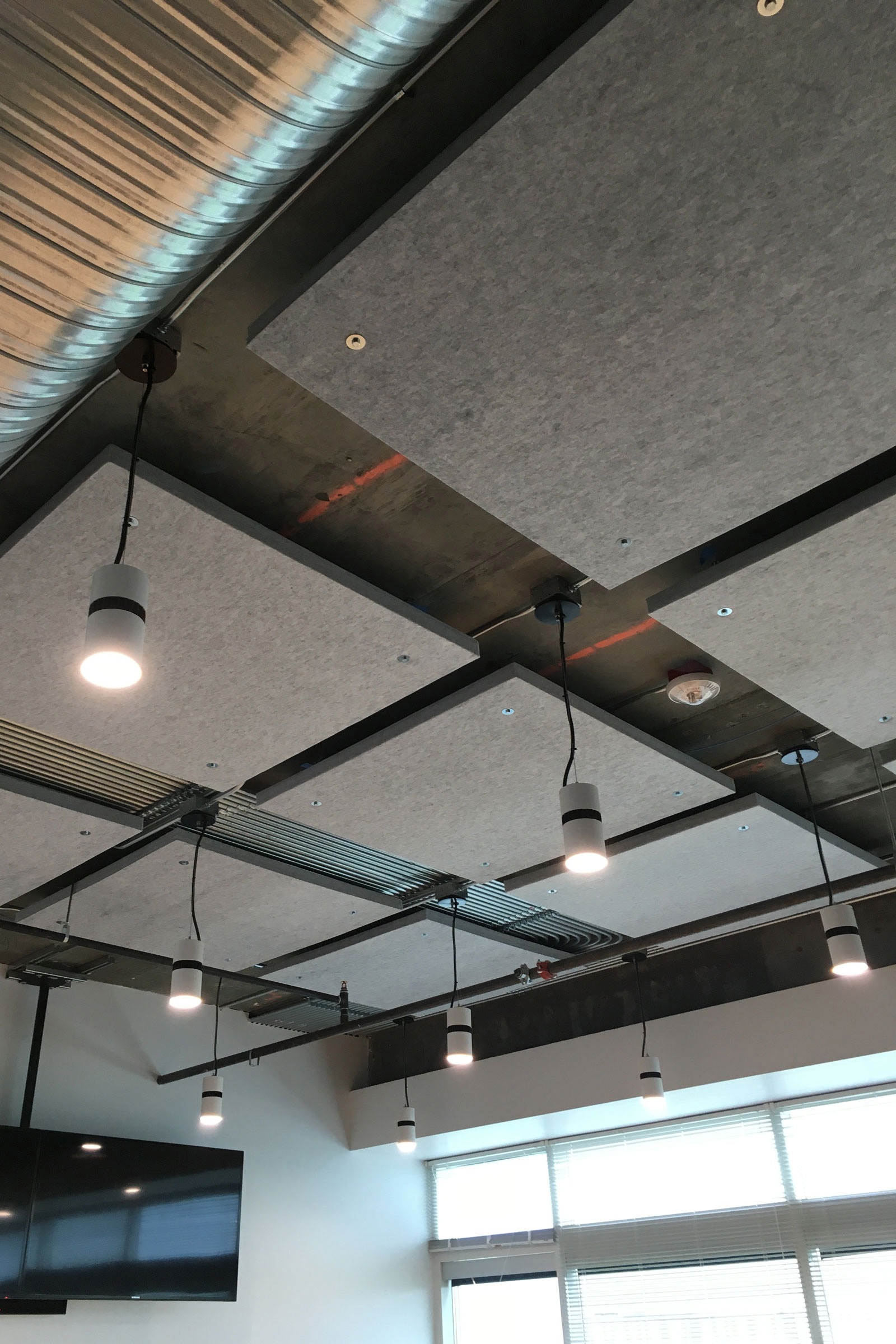
At this Google team space, the panel placements mirror work stations and absorb the sound directly over the recipients. Photo courtesy of FSorb
Acoustic design can help mitigate everyday frustrations caused by noise pollution within and outside of a space.
Situational acoustic design uses various tactics and materials to address where the loudest noise occurs in a space, says Doug Bixel of FSorb. Acoustic design may make use of separating panels, thoughtful seating configurations, and even fabric walls.
A great tool in situational acoustic design is to place panels in between and/or above specifically noisy areas. These can create a break in sound from one area to the next. At its essence, the panel absorbs sound from the noise source. This is a great solution to the noise caused by office noise or other collaborative activities.
6. Daylight
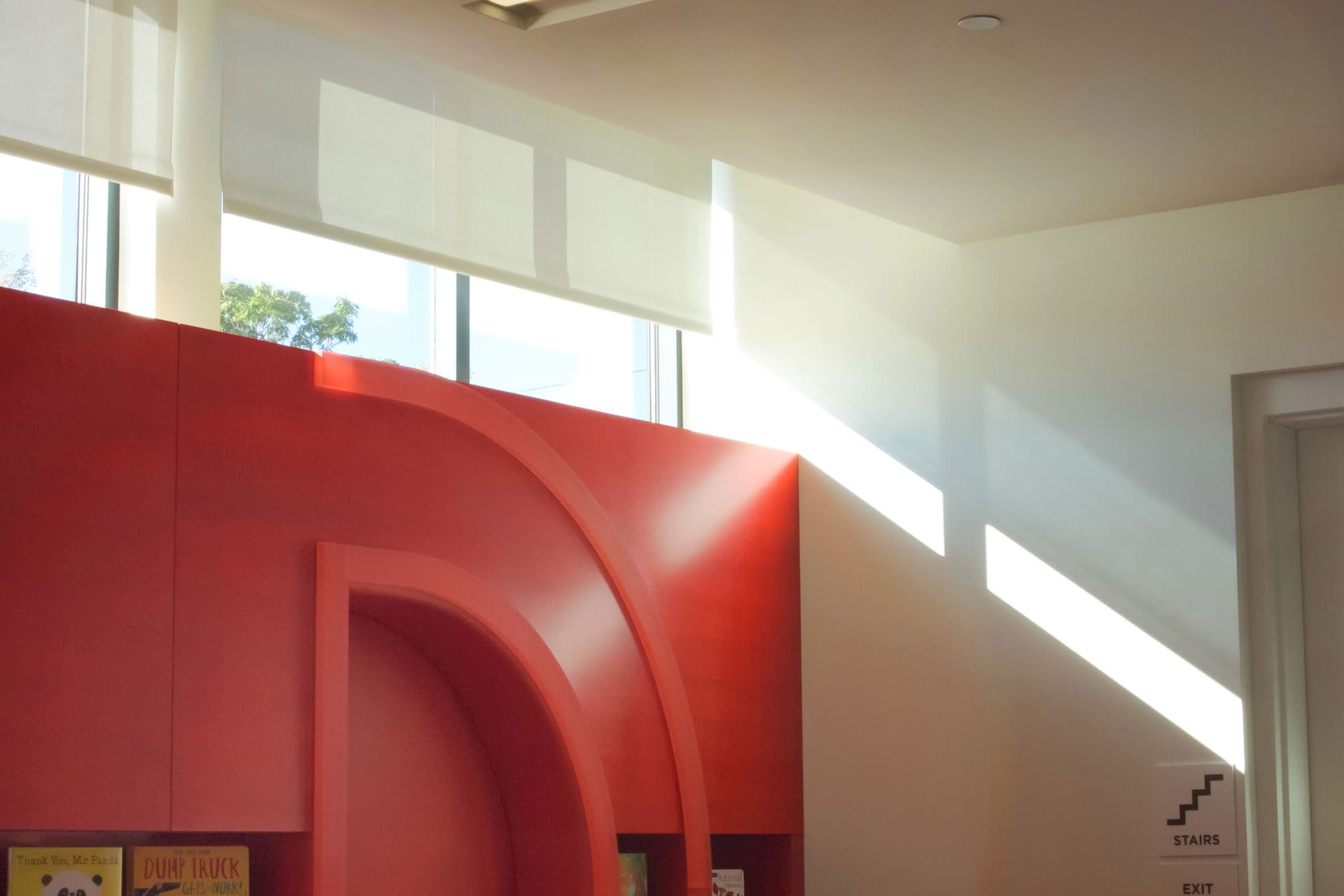
Automated shades with white reflective fabric allow control over glare while mitigating heat gain. Photo courtesy of lumenomics
Daylighting prioritizes a healthy building material that is not only free, but is proven to elevate moods, increase energy, and improve well-being. What is that material? The sun.
Marti Hoffer is the founder of lumenomics, a natural lighting company. With over 25 years of experience in the daylighting industry, Hoffer emphasized the importance of maximizing daylight in spaces.
Ambient, natural light with views to the outside are “scientifically proven to increase cognitive performance, reduce stress, and boost health and well-being,” Hoffer wrote in a previous article for gb&d.
But what if natural light is not available in a particular space? Hoffer recommends dimmable LEDs that enhance daylighting solutions. “A truly occupant-centric smart lighting system should mimic the natural lighting pattern through tunable and dimmable LED fixtures to reinforce occupants’ circadian rhythm, with meaningful control systems to ensure ease of understanding and use for occupants.”
7. Glass
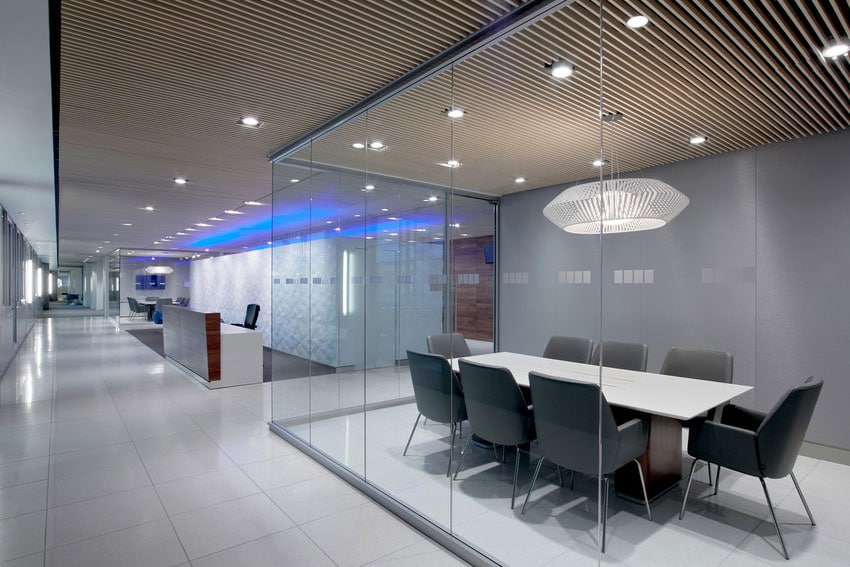
Studies have shown that natural light reduces instances of eye strain, headaches, and drowsiness while also boosting mood, productivity, and work performance. Photo courtesy of Transwall
As people move back into office buildings a year after the start of the COVID-19 pandemic, abundant glass could be the healthy building material they were looking for.
Glass allows for views of the outdoors and reduces eyestrain and headaches. And the natural light that glass allows into a space can help lower utility costs through reducing the use of artificial lighting.
Employees with access to natural light and outdoor views on average take 6.5% fewer sick days, according to Marc Valois, executive vice president and principal of Transwall, a maker of movable glass office walls.
8. Shockpad
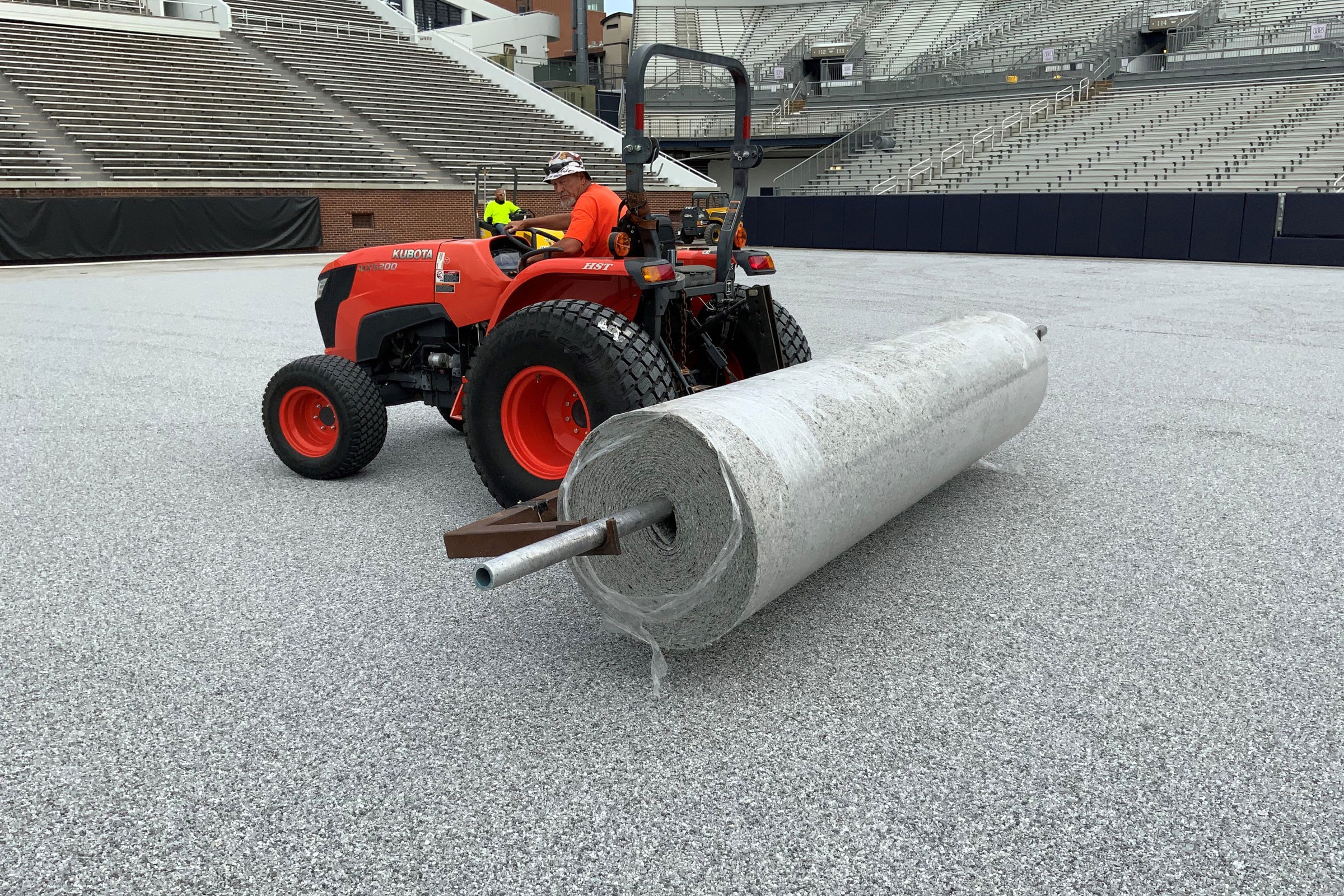
NXTPlay shock pad’s large roll format allows for quicker installation, creates fewer seams, and reduces waste material. Photo courtesy of Shaw Sports Turf
In the sports world, Shaw’s NXTPlay Performance Shock Pad—made from reclaimed and recycled turf fields—is designed for stability, impact and rebound.
The NXTPlay shock pad, Shaw offers a one-stop source for every component of an artificial turf system, from the pad up. “This is just the latest in our commitment to creating ‘more than a field,’” Chuck McClurg, vice president of the turf division at Shaw, said in a previous gb&d article.
The shock pad is designed to take into account playability and safety. The shock pad helps create a firm, natural feel underfoot, as well as natural ball-to-surface.
9. Stainless Steel
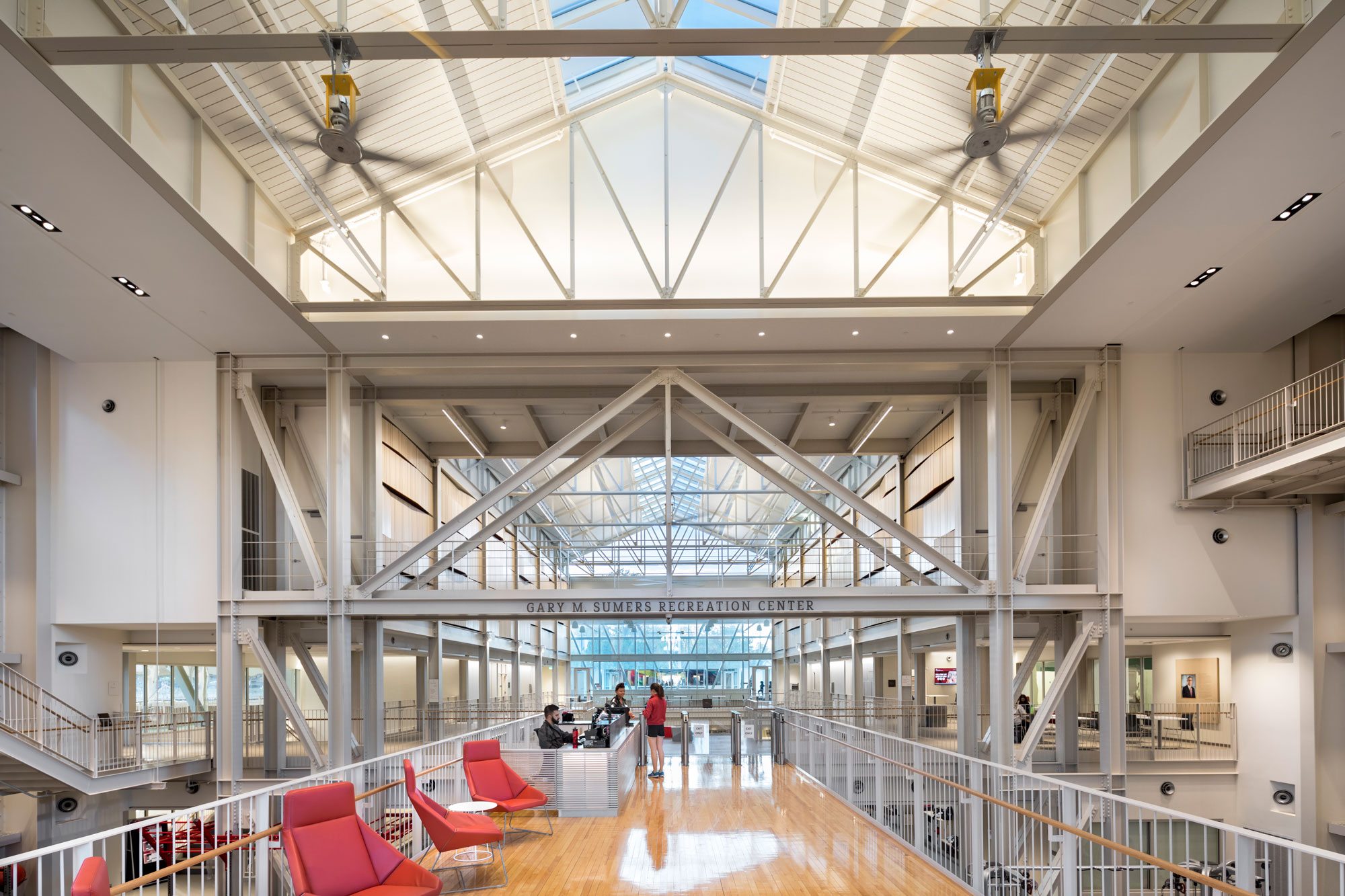
Exposed steel beams create a clean look in any type of space. Photo by Peter Aaron
These days, stainless steel is used in everything from major skylines to exposed beams to home kitchen countertops. Its clean aesthetic and sustainable qualities make it a sought-after healthy building material.
“There’s just something tactile, something to the scale of working with steel that is appealing,” Tom Kirk, principal for Bohlin Cywinski Jackson, previously told gb&d. “There is always the desire to achieve that emotional resonance within architecture, and materials play a big role.”
Kirk considers steel to be among the most reliable materials out there. It is 100% recyclable—meaning any steel product can be recycled into any other steel product, like a car door or refrigerator, for instance.
Steel doesn’t warp or crack, and it’s resistant to corrosion and mold. The lightness and delicacy of steel also allows for detailed design. “It’s pretty amazing in terms of shaping steel, shaping the membranes, shaping the connections,” Kirk said to gb&d.
10. Reclaimed Wood
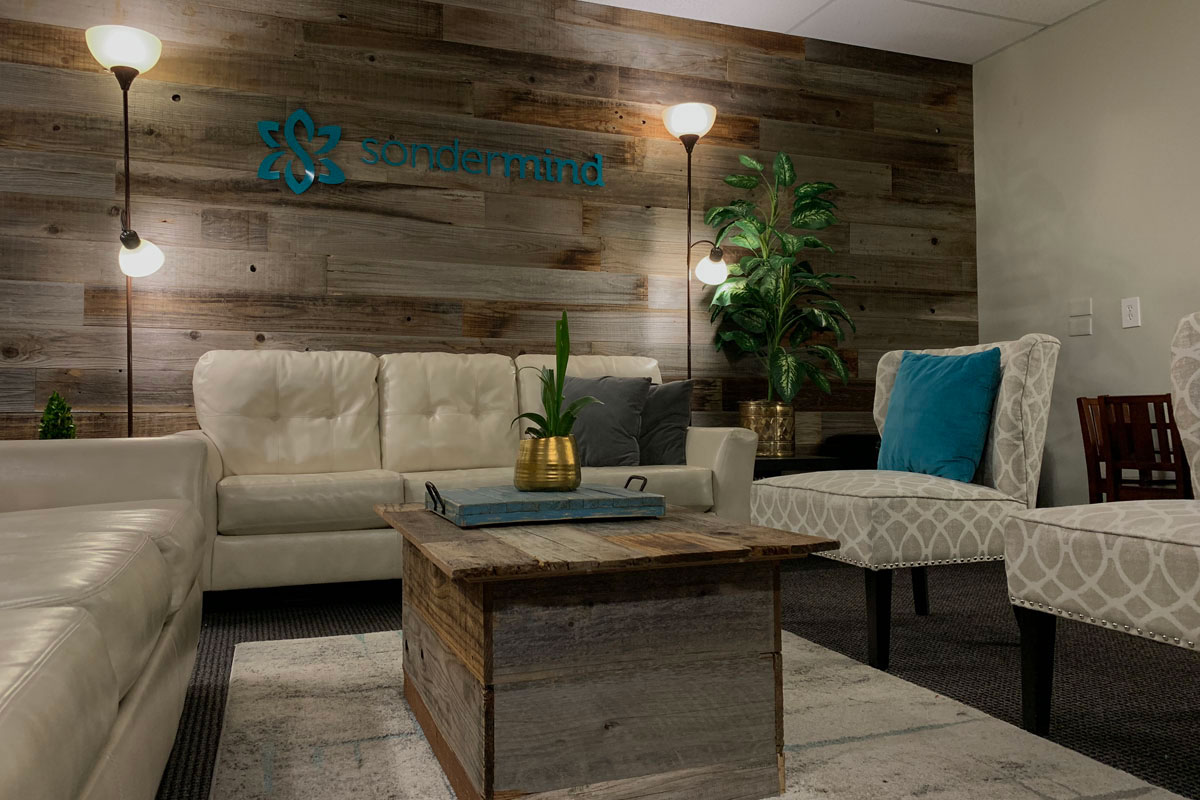
Reclaimed wood can be used for interior walls, floors, and even furniture like this coffee table. Photo courtesy of Woodstock Architectural Products
Not only does reclaimed wood reduce waste, but it also boosts well-being by bringing feelings of warmth and comfort.
First, reclaimed wood is not all the same. Designers can use this to their benefit and create spaces with exposed wood that are unique to the owner.
Wood acts as a natural sponge, meaning it can work as an insulator. Wood also absorbs moisture, which can potentially add to improved indoor air quality, according to Kevin Fults, who has spent 30 years in the wood industry and currently works with Woodstock Architectural Products.
Reclaimed wood is all-natural, which creates a generally comforting space. A study found that people in workplaces with less than 20% natural wood surfaces were up to 30% less satisfied with both their working life and physical workplace compared to those with a high proportion of wood.

